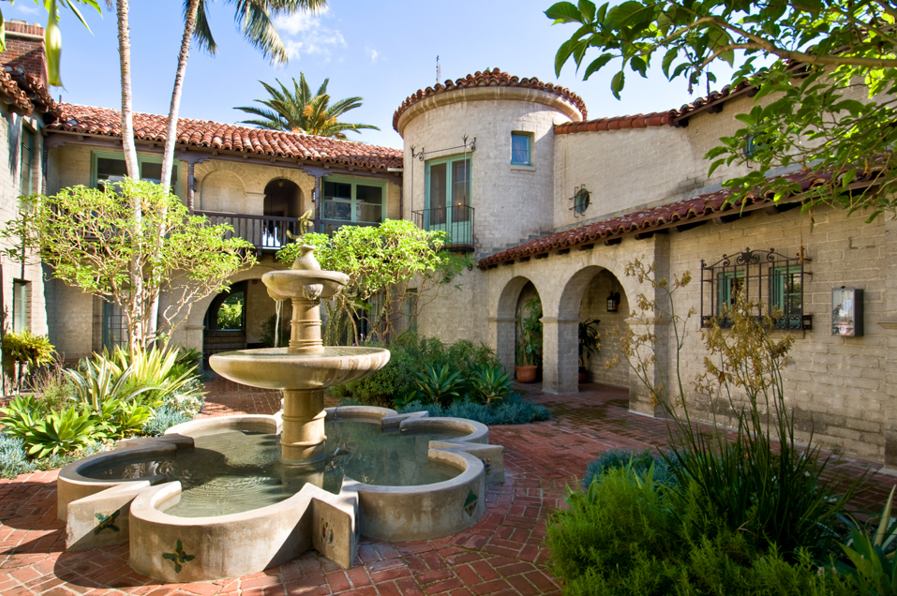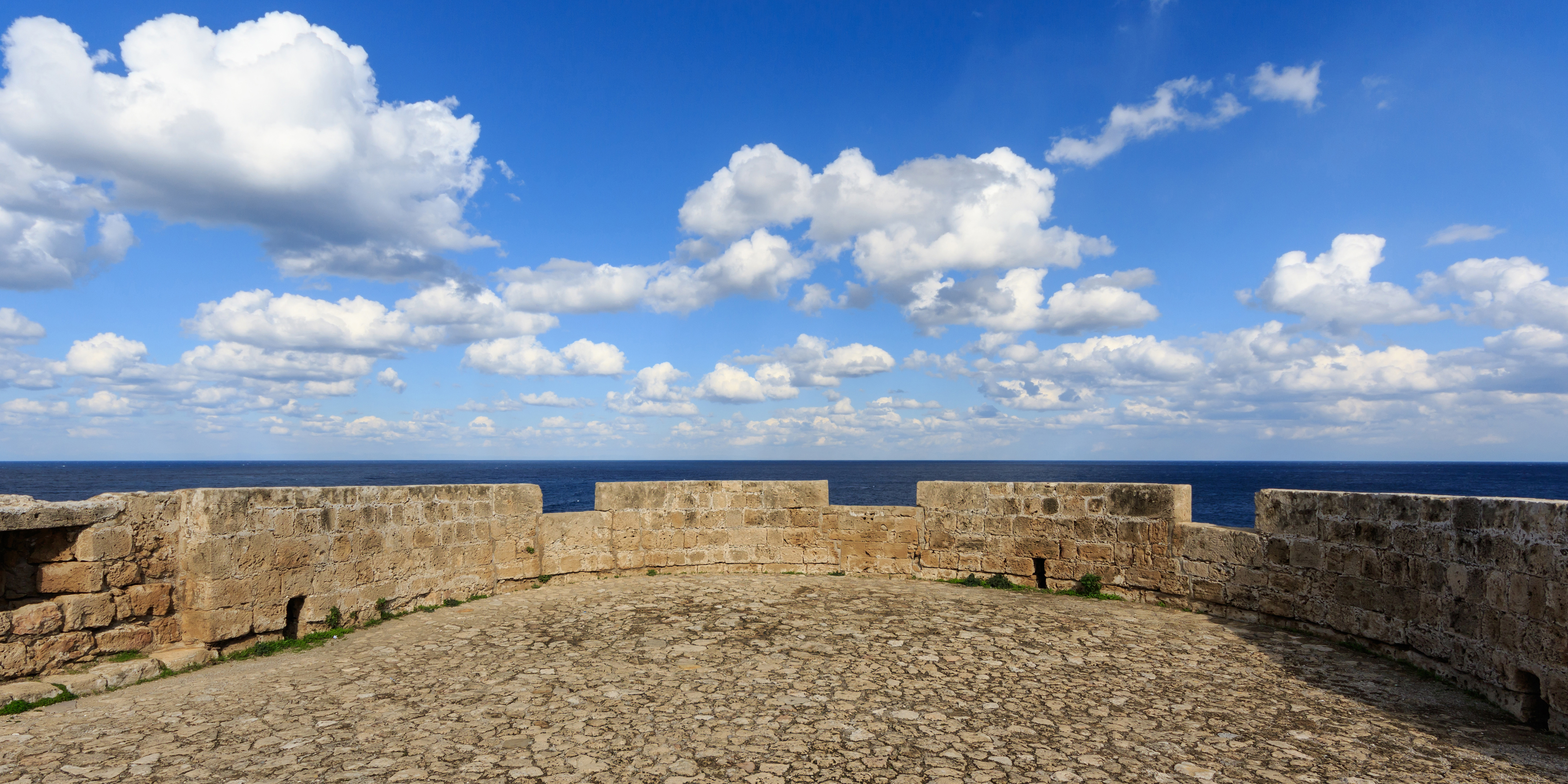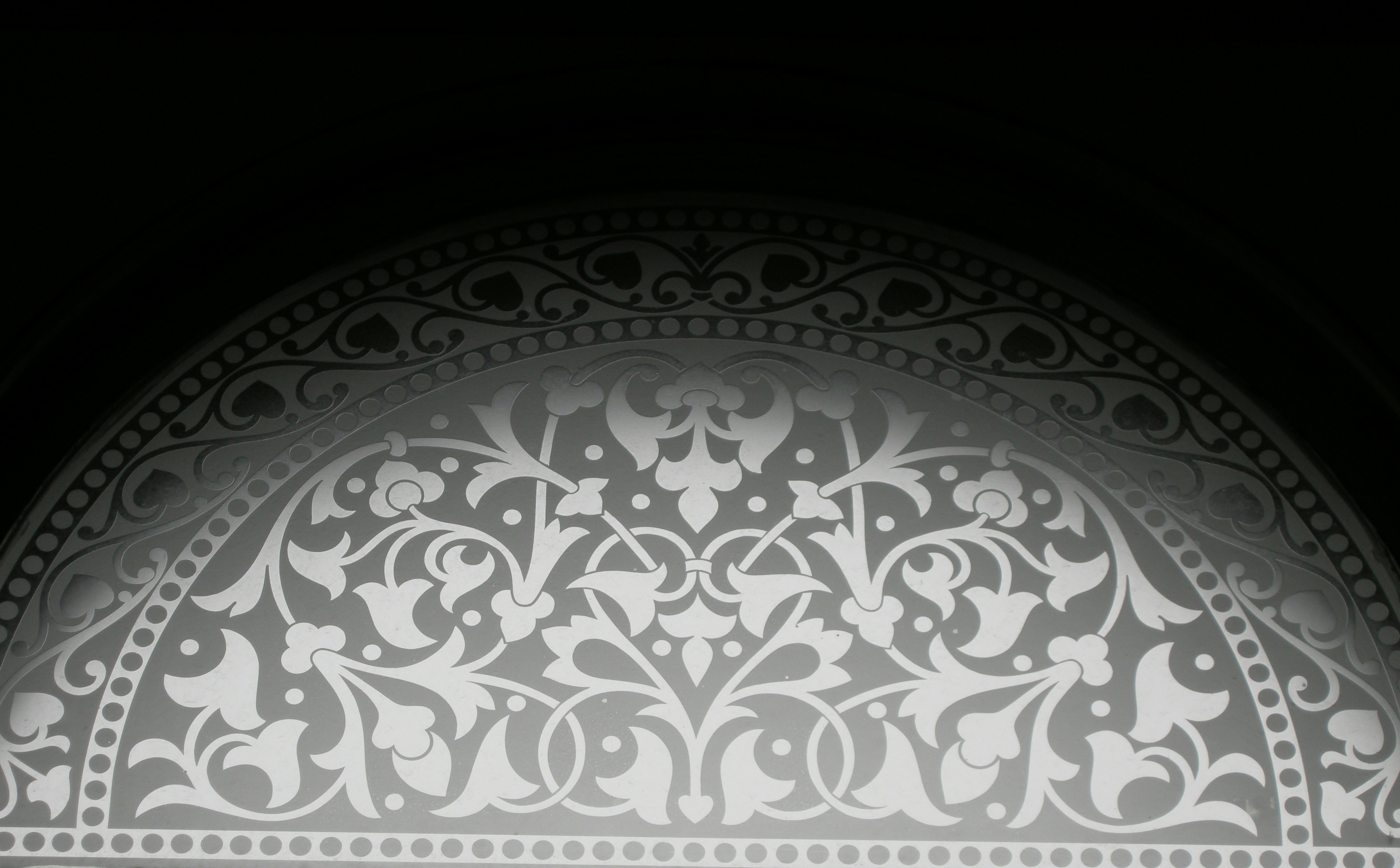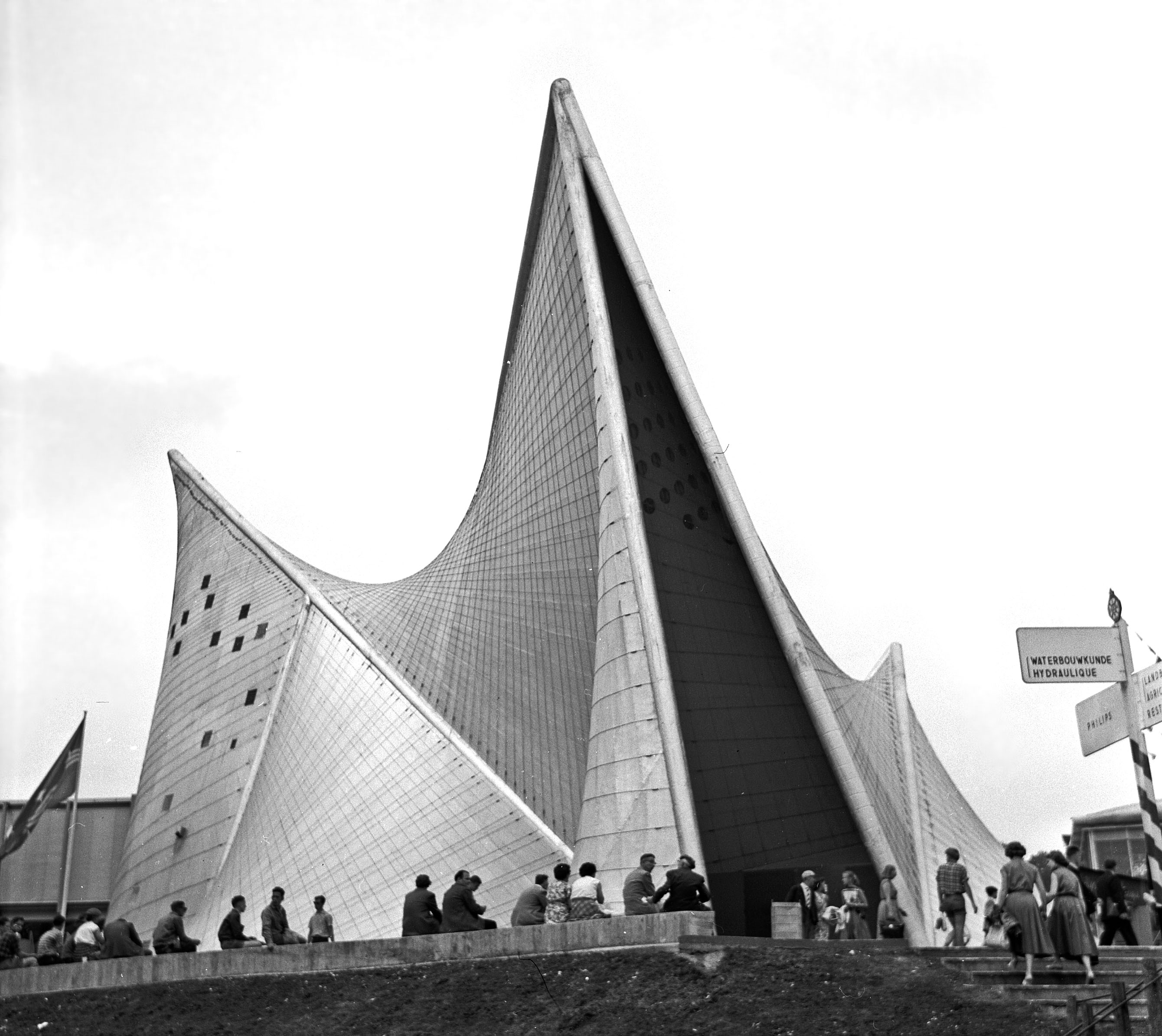|
Shane Building
The Shane Building, also known as the Shane & Regar Store Building or the Hollywood Center, is a historic four-story building at 6650-6654 W. Hollywood Blvd. and 1655 N Cherokee Ave in Hollywood, California. History Built in 1930, the Shane Building was designed by Norton & Wallis and features an art deco style known as Zigzag Moderne. The Shane Building was the original home of the Writers Guild of America and the Screen Actors Guild, and was once home to the Directors Guild of America as well. From August 1977 to January 1978, the building's basement was home to Los Angeles's first punk rock club, The Masque. The club also had a secondary access point from the building's neighboring pornographic theater. In 1984, the Hollywood Boulevard Commercial and Entertainment District was added to the National Register of Historic Places, with the Shane Building listed as a contributing property in the district. In 2000, the building was bought by Randy Barbato and Fent ... [...More Info...] [...Related Items...] OR: [Wikipedia] [Google] [Baidu] |
Hollywood, California
Hollywood is a neighborhood in the Central Los Angeles, central region of Los Angeles, California. Its name has come to be a metonymy, shorthand reference for the Cinema of the United States, U.S. film industry and the people associated with it. Many notable film studios, such as Columbia Pictures, Walt Disney Studios (division), Walt Disney Studios, Paramount Pictures, Warner Bros., and Universal Pictures, are located near or in Hollywood. Hollywood was incorporated as a municipality in 1903. It was Merger (politics), consolidated with the city of Los Angeles in 1910. Soon thereafter a prominent film industry emerged, having developed first on the East Coast. Eventually it became the most recognizable in the world. History Initial development H.J. Whitley, a real estate developer, arranged to buy the E.C. Hurd ranch. They agreed on a price and shook hands on the deal. Whitley shared his plans for the new town with General Harrison Gray Otis (publisher), Harrison Gray Otis, ... [...More Info...] [...Related Items...] OR: [Wikipedia] [Google] [Baidu] |
Vanity Fair (magazine)
''Vanity Fair'' is a monthly magazine of popular culture, fashion, and current affairs published by Condé Nast in the United States. The first version of ''Vanity Fair'' was published from 1913 to 1936. The imprint was revived in 1983 and currently includes five international editions of the magazine. As of 2018, the Editor-in-Chief is Radhika Jones. Vanity Fair is most recognized for its celebrity pictures and the occasional controversy that surrounds its more risqué images. Furthermore, the publication is known for its energetic writing, in-depth reporting, and social commentary. History ''Dress and Vanity Fair'' Condé Montrose Nast began his empire by purchasing the men's fashion magazine ''Dress'' in 1913. He renamed the magazine ''Dress and Vanity Fair'' and published four issues in 1913. It continued to thrive into the 1920s. However, it became a casualty of the Great Depression and declining advertising revenues, although its circulation, at 90,000 copies, was ... [...More Info...] [...Related Items...] OR: [Wikipedia] [Google] [Baidu] |
Buildings And Structures In Los Angeles
A building, or edifice, is an enclosed structure with a roof and walls standing more or less permanently in one place, such as a house or factory (although there's also portable buildings). Buildings come in a variety of sizes, shapes, and functions, and have been adapted throughout history for a wide number of factors, from building materials available, to weather conditions, land prices, ground conditions, specific uses, prestige, and aesthetic reasons. To better understand the term ''building'' compare the list of nonbuilding structures. Buildings serve several societal needs – primarily as shelter from weather, security, living space, privacy, to store belongings, and to comfortably live and work. A building as a shelter represents a physical division of the human habitat (a place of comfort and safety) and the ''outside'' (a place that at times may be harsh and harmful). Ever since the first cave paintings, buildings have also become objects or canvasses of much artist ... [...More Info...] [...Related Items...] OR: [Wikipedia] [Google] [Baidu] |
Office Buildings Completed In 1930
An office is a space where an organization's employees perform administrative work in order to support and realize objects and goals of the organization. The word "office" may also denote a position within an organization with specific duties attached to it (see officer, office-holder, official); the latter is in fact an earlier usage, office as place originally referring to the location of one's duty. When used as an adjective, the term "office" may refer to business-related tasks. In law, a company or organization has offices in any place where it has an official presence, even if that presence consists of (for example) a storage silo rather than an establishment with desk-and-chair. An office is also an architectural and design phenomenon: ranging from a small office such as a bench in the corner of a small business of extremely small size (see small office/home office), through entire floors of buildings, up to and including massive buildings dedicated entirely ... [...More Info...] [...Related Items...] OR: [Wikipedia] [Google] [Baidu] |
Chevron (insignia)
A chevron (also spelled cheveron, especially in older documents) is a V-shaped mark or symbol, often inverted. The word is usually used in reference to a kind of fret in architecture, or to a badge or insignia used in military or police uniforms to indicate rank or length of service, or in heraldry and the designs of flags (see flag terminology). Ancient history Appearing on pottery and petrographs throughout the ancient world, the chevron can be considered to be one of the oldest symbols in human history, with V-shaped markings occurring as early as the Neolithic era (6th to 5th millennia BC) as part of the Vinča symbols inventory. The Vinča culture responsible for the symbols appear to have used the chevron as part of a larger proto-writing system rather than any sort of heraldic or decorative use, and are not known to have passed the symbol on to any subsequent cultures.Mäder, Michael: ''Ist die Donauschrift Schrift?'' Budapest: Archaeolingua. , (2019), Many compara ... [...More Info...] [...Related Items...] OR: [Wikipedia] [Google] [Baidu] |
Parapet
A parapet is a barrier that is an extension of the wall at the edge of a roof, terrace, balcony, walkway or other structure. The word comes ultimately from the Italian ''parapetto'' (''parare'' 'to cover/defend' and ''petto'' 'chest/breast'). Where extending above a roof, a parapet may simply be the portion of an exterior wall that continues above the edge line of the roof surface, or may be a continuation of a vertical feature beneath the roof such as a fire wall or party wall. Parapets were originally used to defend buildings from military attack, but today they are primarily used as guard rails, to conceal rooftop equipment, reduce wind loads on the roof, and to prevent the spread of fires. In the Bible the Hebrews are obligated to build a parapet on the roof of their houses to prevent people falling (Deuteronomy 22:8). Parapet types Parapets may be plain, embattled, perforated or panelled, which are not mutually exclusive terms. *Plain parapets are upward extensio ... [...More Info...] [...Related Items...] OR: [Wikipedia] [Google] [Baidu] |
Pilasters
In classical architecture, a pilaster is an architectural element used to give the appearance of a supporting column and to articulate an extent of wall, with only an ornamental function. It consists of a flat surface raised from the main wall surface, usually treated as though it were a column, with a capital at the top, plinth (base) at the bottom, and the various other column elements. In contrast to a pilaster, an engaged column or buttress can support the structure of a wall and roof above. In human anatomy, a pilaster is a ridge that extends vertically across the femur, which is unique to modern humans. Its structural function is unclear. Definition In discussing Leon Battista Alberti's use of pilasters, which Alberti reintroduced into wall-architecture, Rudolf Wittkower wrote: "The pilaster is the logical transformation of the column for the decoration of a wall. It may be defined as a flattened column which has lost its three-dimensional and tactile value." A pil ... [...More Info...] [...Related Items...] OR: [Wikipedia] [Google] [Baidu] |
Etched Glass
Glass etching, or "French embossing", is a popular technique developed during the mid-1800s that is still widely used in both residential and commercial spaces today. Glass etching comprises the techniques of creating art on the surface of glass by applying acidic, caustic, or abrasive substances. Traditionally this is done after the glass is blown or cast, although mold-etching has replaced some forms of surface etching. The removal of minute amounts of glass causes the characteristic rough surface and translucent quality of frosted glass. Techniques Various techniques are used to achieve an etched surface in glass, whether for artistic effect, or simply to create a translucent surface. Acid etching is done using hexafluorosilicic acid (H2SiF6) which, when anhydrous, is colourless. The acid can be prepared by mixing quartz powder (silicon dioxide), calcium fluoride, and concentrated sulfuric acid; the acid forms after the resulting mixture is heated and the fumes (silicon tet ... [...More Info...] [...Related Items...] OR: [Wikipedia] [Google] [Baidu] |
Reinforced Concrete
Reinforced concrete (RC), also called reinforced cement concrete (RCC) and ferroconcrete, is a composite material in which concrete's relatively low tensile strength and ductility are compensated for by the inclusion of reinforcement having higher tensile strength or ductility. The reinforcement is usually, though not necessarily, steel bars (rebar) and is usually embedded passively in the concrete before the concrete sets. However, post-tensioning is also employed as a technique to reinforce the concrete. In terms of volume used annually, it is one of the most common engineering materials. In corrosion engineering terms, when designed correctly, the alkalinity of the concrete protects the steel rebar from corrosion. Description Reinforcing schemes are generally designed to resist tensile stresses in particular regions of the concrete that might cause unacceptable cracking and/or structural failure. Modern reinforced concrete can contain varied reinforcing materials made ... [...More Info...] [...Related Items...] OR: [Wikipedia] [Google] [Baidu] |
World Of Wonder (company)
World of Wonder Productions is an American production company founded in 1991 by filmmakers Randy Barbato and Portsmouth-born Fenton Bailey. Based in Los Angeles, California, the company specializes in documentary television and film productions with a key focus on sexuality, erotica, and the sexual subculture. Together, Bailey and Barbato have produced programming through World of Wonder for HBO, Bravo, HGTV, Showtime, the BBC, Netflix, and VH1 with credits including the ''Million Dollar Listing'' docuseries, ''RuPaul's Drag Race'', and the documentary films '' Mapplethorpe: Look at the Pictures'' (2016) and '' The Eyes of Tammy Faye'' (2000). World of Wonder is perhaps best known for its contributions towards LGBTQ programming, for which they won an Outfest Annual Achievement Award in 2011. Their most well known LGBTQ production is ''RuPaul's Drag Race'', having managed the career of drag queen and titular host RuPaul for many years before this, eventually producing the fr ... [...More Info...] [...Related Items...] OR: [Wikipedia] [Google] [Baidu] |








